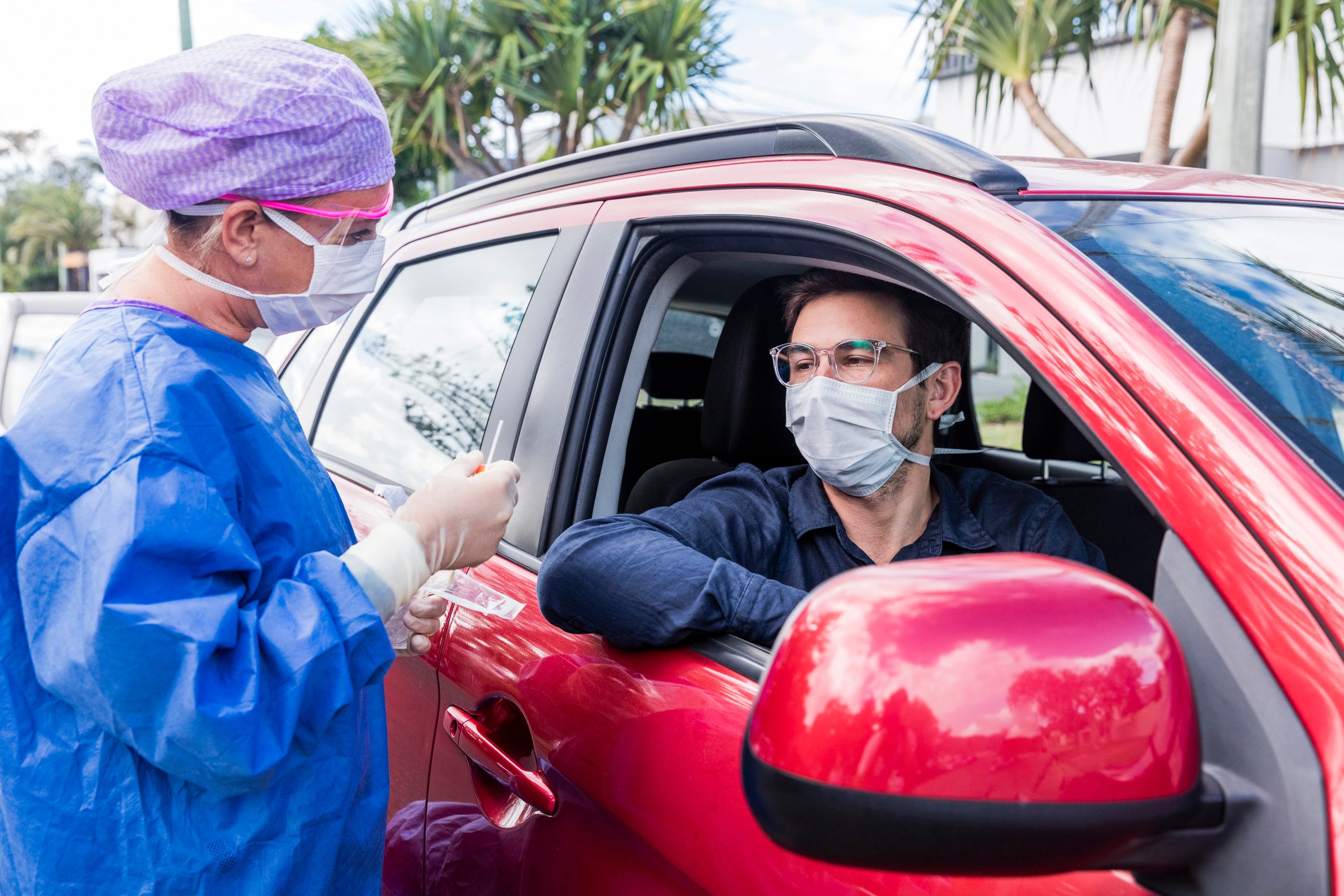 The COVID-19 crisis has fundamentally shifted the emergency medicine landscape. Providers are exhausted, afraid, and overwhelmed by an increasingly taxed health system. Patients’ lives hang in the balance, and research shows that they’re just as afraid. Fear of the novel coronavirus is now keeping patients with emergency symptoms away from the emergency room.
The COVID-19 crisis has fundamentally shifted the emergency medicine landscape. Providers are exhausted, afraid, and overwhelmed by an increasingly taxed health system. Patients’ lives hang in the balance, and research shows that they’re just as afraid. Fear of the novel coronavirus is now keeping patients with emergency symptoms away from the emergency room.
They may delay or avoid care entirely, which means that by the time medical providers finally see them, they’re sicker and more difficult to treat. COVID-19 hasn’t just robbed emergency departments of ventilators or killed tens of thousands of Americans. It’s also changing the way all providers practice. Here’s the fallout you can expect, no matter which patients you see.
Care Delays
Some patients once felt very comfortable going to the emergency room even for minor aches and pains. Now, people are delaying care even for life-threatening emergencies. You can expect patients to be sicker and need more stabilizing care in the coming months. That means more cases of respiratory distress, more sepsis, and an uptick in aspiration pneumonia.
More Pregnancy and Delivery Complications
Hospital restrictions on labor and delivery mean that more people are choosing home birth. Others are delaying going to the hospital until they’re pushing. First responders should expect to see more women in labor and be prepared to treat respiratory distress, retained placentas, postpartum hemorrhages, and other common obstetric emergencies with sensitivity and compassion.
Care Reluctance
Even patients who know they need treatment may be reluctant to accept certain interventions, or to transfer to the hospital. Medical providers must be able to offer more than just healthcare. They should be prepared to reassure patients that they will do everything in their power to keep them safe.
Increased Infection Control
Patients know not to accept generic reassurances from providers. As more information about the contagiousness of COVID-19 trickles out, be prepared to answer tough questions about infection control and put your education to work implementing strategies that keep everyone safe. Though the specific policies you implement will vary from agency to agency, a few things remain consistent:
- There’s no such thing as too much handwashing—and washing hands in front of patients offers them significant reassurance.
- Never reuse disposable equipment, and disinfect reusable equipment before switching to a new patient.
- Understand how storage decisions can control or spread infection. Store equipment in sealed bags away from potential contaminants.
- Be mindful of hidden sources of contamination—chairs, handles, and other frequently touched surfaces are just as dangerous as contaminated medical equipment. Minimize their use as much as possible. Use disposable coverings when you can, and practice frequent aggressive disinfecting.
- Maintain as much distance as possible. Minimize the use of waiting areas and remind patients of the need for social distancing.
More Respiratory Concerns
COVID-19 inevitably means an increase in patients with serious respiratory symptoms related to the virus. It may also mean that you see more patients with general respiratory concerns who are worried they might have the virus or a comorbidity that increases the risk. Emergency departments must stock up on respiratory equipment and educate patients about whether and when their respiratory symptoms constitute an emergency.
The Vital Need for Quality Equipment
More than ever, medical professionals need equipment that can help them promptly treat respiratory emergencies and maintain the airway of ventilated patients. Portable emergency suction enables you to treat patients wherever they are, without worrying about transport or care delays. Portable machines are also more affordable than wall-mounted equipment, offering an option for health systems with tight budgets. The best machines offer consistent, reliable suction that can save lives.
For help choosing the right machine for your agency, download our free guide, The Ultimate Guide to Purchasing a Portable Emergency Suction Device.














